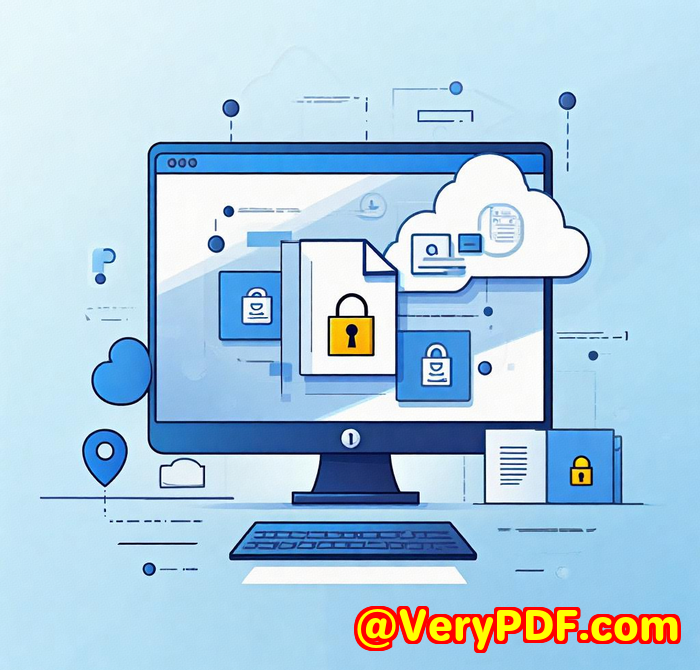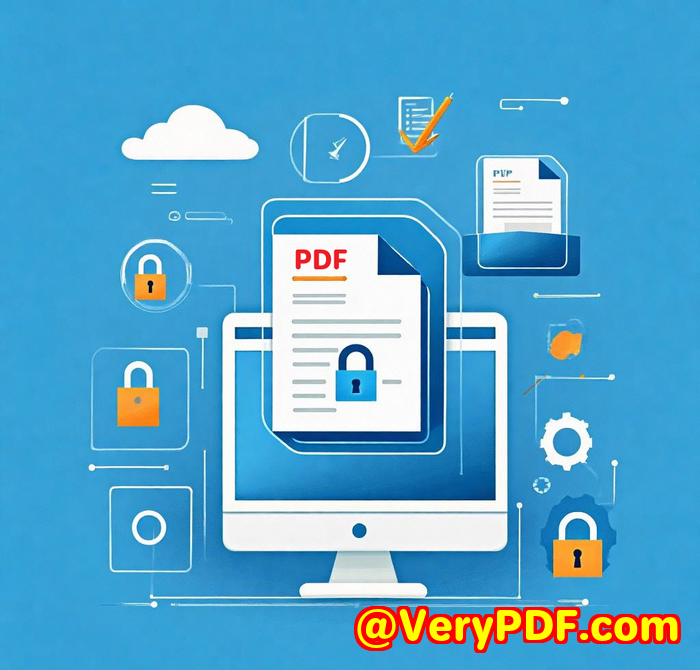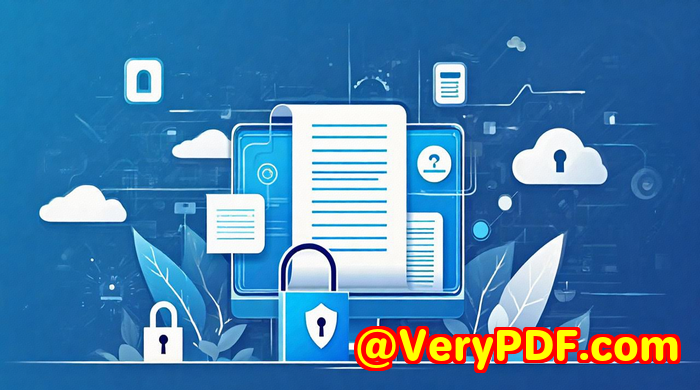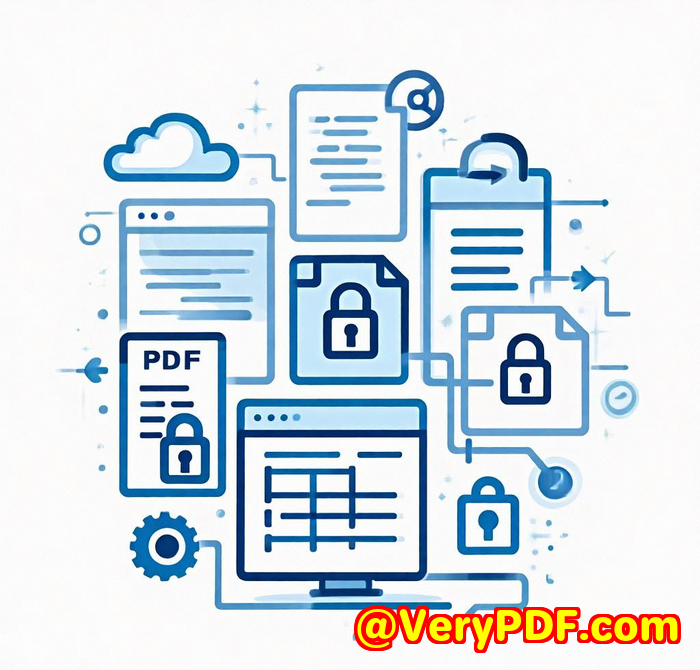Why Developers Use HTML5 PDF Viewer with Annotation Support for Education Platforms
Why Developers Use HTML5 PDF Viewer with Annotation Support for Education Platforms
Every time I've worked on educational platforms, one challenge kept popping up: how to give students and teachers a seamless way to view and annotate PDFs without juggling multiple apps or plugins. The frustration of clunky tools that need extra software or don't work smoothly across devices was real. It felt like no matter what solution we tried, something always broke the flow of learning.
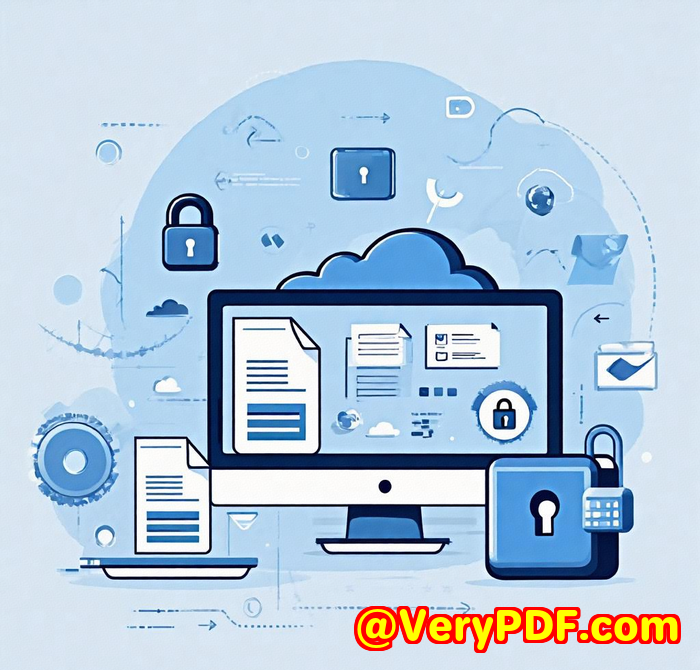
That's when I found VeryPDF HTML5 PDF Annotation Source Code License, and honestly, it changed the game for us. This isn't just any PDF viewer; it's a full-fledged HTML5 PDF viewer with annotation support that works directly in the browser no plugins, no hassle, and it's lightning fast. For developers building education platforms, this means you can offer your users a smooth experience whether they're on Windows, Mac, Linux, iOS, or Android.
What Makes This Tool a Winner for Education Platforms?
At its core, this tool lets users view and annotate PDFs and over 50 other file types like Word docs, Excel sheets, PowerPoints, images, and even CAD files all within a single integrated interface. Imagine teachers marking up assignments, students highlighting key points, or groups collaborating on projects, all without ever leaving the browser.
Some key features that stood out during my time working with it:
-
Cross-platform compatibility: Since it's HTML5-based, it runs on all major browsers Chrome, Firefox, Safari, Edge, and even IE. No need to worry about what device your users have.
-
Rich annotation tools: You get text highlights, strikeouts, freehand drawing, shapes, and multiple comment types (point, area, text comments). Perfect for educational feedback.
-
Collaboration-friendly: Multiple users can annotate the same document with layering features, so you can see who added what ideal for teacher-student or peer reviews.
-
Preserves original files: Annotations don't mess with the original document unless you want to "burn" them in for a final version.
-
Easy integration: With its source code license and REST API, developers can embed this directly into their apps, controlling how annotations behave and syncing data on their own servers.
How It Played Out in Real Projects
When I integrated this into a custom learning management system, the difference was night and day. Before, users had to download PDFs, annotate in separate apps, then upload again. Now, students simply open their assignments, mark up answers, and submit all in one flow. Teachers can jump into any document, add comments directly, and share feedback instantly.
There was one moment that really stuck with me: a teacher was able to highlight a passage, add a point comment, and share the annotated file with the class without leaving the platform. No plugins, no back-and-forth downloads. It saved hours of email ping-pong and confused students.
Compared to other solutions I've tried many that rely on Java plugins or separate desktop apps VeryPDF's HTML5 PDF Annotation is lighter, faster, and much easier to maintain. Other tools often broke on mobile or required constant updates. This solution just works, plain and simple.
Why Developers Should Consider This Tool for Education Platforms
-
Supports 50+ file formats: No more limiting your users to PDFs only.
-
Full control with source code: Customize the UI and functionality to fit your platform perfectly.
-
Stable and fast rendering: Even large documents load quickly without lag.
-
Built for collaboration: Perfect for educational use where multiple stakeholders review documents.
-
Browser-based simplicity: No plugins means no headaches for your users.
If you're building or upgrading an education platform, and you want an integrated HTML5 PDF viewer with annotation support that's smooth, versatile, and developer-friendly, I'd highly recommend checking this out.
Click here to try it yourself and see the difference: https://veryutils.com/html5-pdf-annotation-source-code-license
Custom Development Services by VeryPDF
VeryPDF offers tailored development services that can fit your unique needs across platforms like Linux, macOS, Windows, iOS, Android, and more. Whether you want custom PDF processing tools, printer drivers, OCR, barcode recognition, or document conversion tech, their team can help you build it.
They work with a broad range of technologies including Python, PHP, C/C++, JavaScript, .NET, and Windows APIs to create robust solutions that fit your workflow. From integrating annotation APIs into web apps to building virtual printer drivers that capture print jobs as PDFs, VeryPDF's expertise is deep and practical.
Need a custom solution for your education or business platform? Reach out to VeryPDF's support center at http://support.verypdf.com/ and get your project moving.
FAQs
1. Can I use VeryPDF HTML5 PDF Annotation on mobile devices?
Yes, it's fully compatible across iOS and Android through modern browsers without requiring any plugins.
2. Does it support file formats beyond PDF?
Absolutely. It supports over 50 file formats, including Microsoft Office documents, images, CAD files, and more.
3. Can multiple users annotate the same document simultaneously?
Yes, it supports multi-user collaboration with layering and comment tracking features.
4. Is the annotation data stored separately or embedded into the document?
Annotations are kept separate by default, preserving the original file. You can choose to burn them into the file for a final version.
5. How difficult is it to integrate this tool into existing platforms?
VeryPDF provides a source code license and a REST API, making integration straightforward for developers familiar with web technologies.
Tags and Keywords
-
HTML5 PDF viewer with annotation support
-
PDF annotation for education platforms
-
VeryPDF HTML5 PDF Annotation
-
PDF viewer for online learning
-
Collaborative document annotation tools
